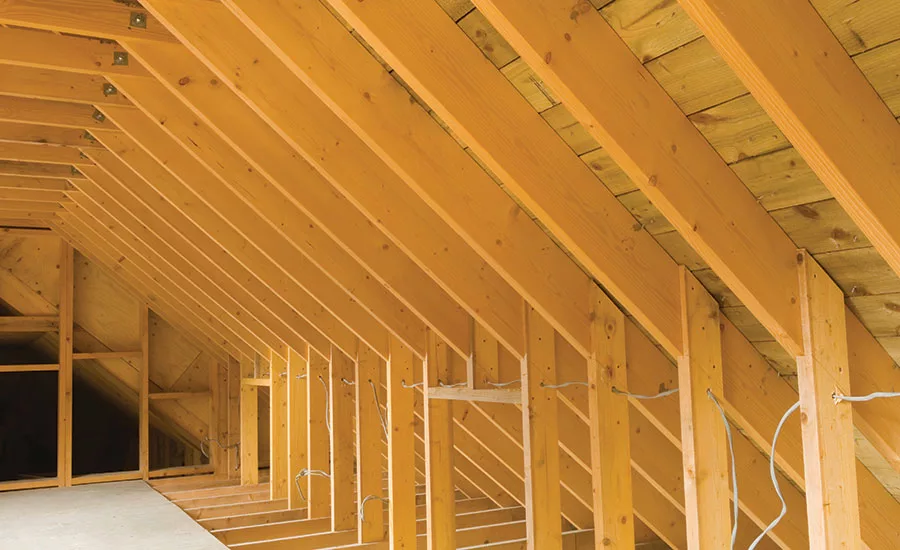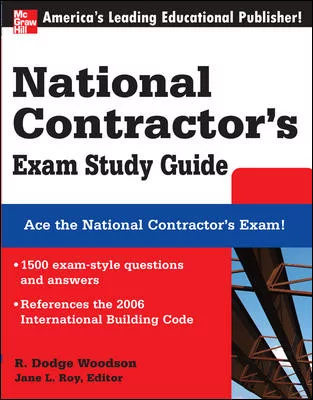GAF Study Explores Attic Health
Understanding the Role of Ventilation for Roofing


The building envelope that forms residential housing is somewhat akin to a living organism. It requires energy to maintain and has an outer skin to protect the interior from the elements. The analogy to an organism isn’t so farfetched that we can’t also discuss the maladies that can afflict the building envelope. In the case of the roof and attic, these “maladies” include ice damming and moisture build-up.
There are a few strategies for dealing with ventilation in an attic. They include soffit-ridge ventilation, cool-colored shingles, sealed attic systems, radiant barriers, above-sheathing ventilation, and breathable underlayments to manage moisture. Which of these is the best to use?
The main purpose of attic ventilation is to help prevent the accumulation of moisture on the structural surfaces within the roof system and attic space, and reduce ice dam formation. An added benefit is that it helps to reduce shingle and attic temperatures.
GAF teamed up with Oak Ridge National Laboratory, the largest U.S. Department of Energy science and energy laboratory, to map moisture, temperature, and heat transfer in side-by-side residential attic assemblies in South Carolina. The goal was to determine over the course of a few years, which of the residential ventilation strategies mentioned above are best for dealing with the issues of moisture, temperature, and heat in attics.
The attic was divided into seven separate attic modules with air-tight divider walls and R15 insulation in between. We’ll look specifically at the comparison of the sealed attic vs. the control vented attic.
The first attic was the control vented attic with an R-38 fiberglass batt insulation on the attic floor. The sheathing was covered with permeable membrane underlayment (16 perms) and traditional dark-colored shingles with a solar reflectance of 3 percent. Appropriate lengths of soffit and ridge venting were added to obtain a 1:300 ventilation ratio.
The second attic was sealed with 5.5 inches of open-cell foam installed on the lower side of the roof sheathing. The sheathing was covered with 15-lb. felt paper (8 perms) and traditional, dark-colored shingles with a solar reflectance of 3 percent. This attic was sealed and had no insulation on the attic floor. The attics were not conditioned, however, the living space underneath was conditioned for all attics.
One major finding in this study is that the heat flux (heat transferred) into the conditioned space during warm days and the heat loss from conditioned space into the attic on cool nights was far greater with the sealed attic system than the control vented attic. In the summer months, the sealed attic increased the load on air conditioners by 360 percent compared to the ventilated attic, and in the winter months, the sealed attic needed 69 percent more heating energy than the ventilated attic. Part of this is due to the absence of insulation on the floor in the sealed attic as the rafters are insulted by foam insulation. The other important factor is that adequate attic ventilation, such as the soffit-ridge vent used in this study, can be effective in mitigating the heat entering from roof decks and help prevent it from further penetrating into the conditioned living space below. This reduced heat load can help lower cooling costs during the hot summer season and heating bills during the cold winter months.
Since the air in the sealed attic was not conditioned, the relative humidity within the attic reached close to 100 percent during summer months. Managing moisture in a sealed attic system is extremely difficult unless one treats the attic as a conditioned space. On the other hand, the 1:300 soffit-ridge ventilated attic managed to keep relatively low humidity levels in the attic. Moisture in a closed attic space can continue to accumulate if not managed. It also can get absorbed by the wood decks or the joists, which can lead to deteriorations in wood decks or mold growth in the roof rafters. This is particularly important if the attic space is used as living space, since moisture from our daily activities is likely to escape up into the attic and get trapped if the attic is sealed.
The multi-year study showed that the sealed attic needed more energy, had higher humidity levels (close to wet conditions), and resulted in higher temperatures than the soffit-ridge vented attic. On the other hand, the vented attic with a 1:300 soffit-ridge ventilation system managed temperature and moisture extremely well and required much less energy compared to the sealed attic system.
The vented attic fitted with a soffit-ridge ventilation system was a low-energy, low-cost option to manage moisture and maintain lower temperatures.
When designing a building, it’s important to consider these factors and choose an attic ventilation solution that will help control moisture problems as well as keep the roof strong and efficient for many years to come.
Looking for a reprint of this article?
From high-res PDFs to custom plaques, order your copy today!




